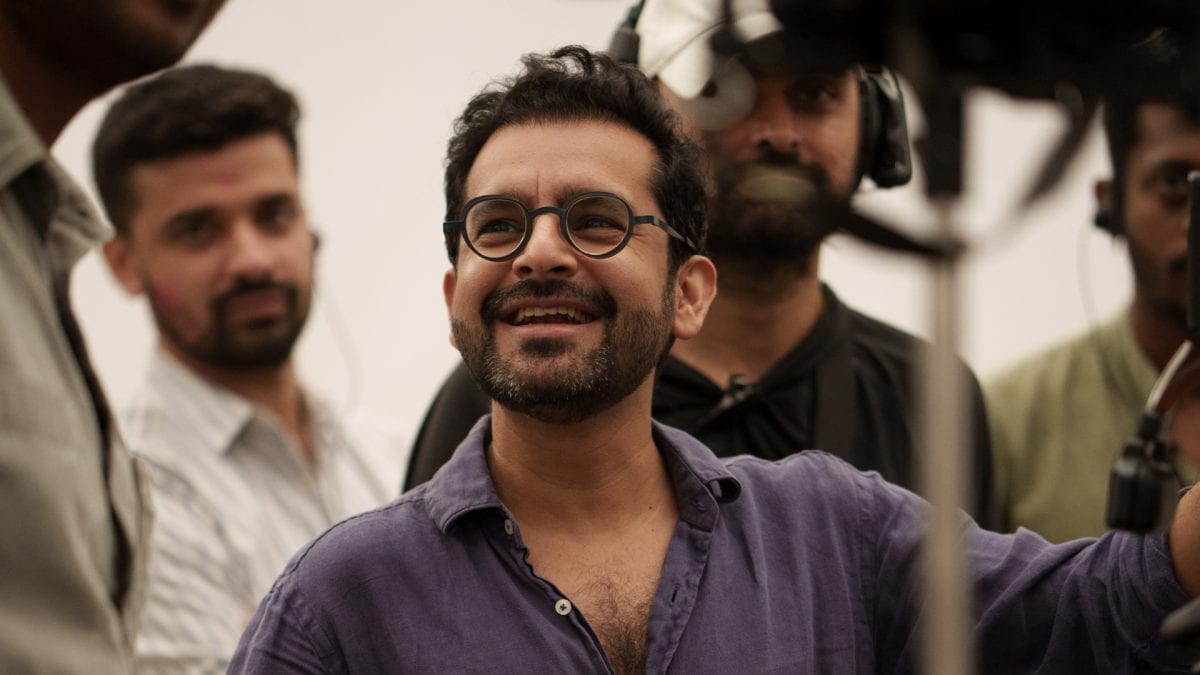

In an era where technology and art increasingly intertwine, the use of Artificial Intelligence (AI) to alter and reimagine existing creative works has sparked a complex debate within the film industry and beyond. Shakun Batra, the director of the acclaimed film "Gehraiyaan," recently shared his thoughts on this subject, specifically addressing the AI-altered climax of the movie "Raanjhanaa." Batra's perspective highlights the concerns and ethical considerations that arise when AI begins to reshape the narratives and artistic intentions of original works.
"Raanjhanaa," directed by Aanand L. Rai, is a Hindi-language romantic drama released in 2013. The film, starring Dhanush and Sonam Kapoor, tells the story of a Hindu man's relentless pursuit of a Muslim woman, navigating themes of love, religion, and societal pressures. The original climax of "Raanjhanaa" was a crucial element of the film's narrative, intended to leave a lasting impact on the audience.
Recently, an AI-generated alternate ending of "Raanjhanaa" surfaced, offering a different resolution to the story. While such alterations might seem like harmless experiments or fan-made content, they raise significant questions about the integrity of the original artwork and the role of AI in creative expression.
Shakun Batra, known for his nuanced storytelling and character-driven narratives, weighed in on the AI-altered climax. He acknowledged the potential benefits of AI in filmmaking, such as assisting with visual effects, streamlining production processes, and even generating new creative ideas. However, he emphasized the importance of preserving the artistic vision of the original creators.
Batra's primary concern lies in the potential for AI to distort the intended message and emotional impact of a film. The climax of a movie is often the culmination of the entire narrative, carefully crafted to evoke specific feelings and convey a particular message. Altering this critical element, especially without the consent or involvement of the original creators, can fundamentally change the film's meaning and artistic value.
He also pointed out the ethical implications of using AI to modify existing works. Who owns the rights to these AI-altered versions? Should the original creators have any say in how their work is transformed? These questions become even more complex when considering the potential for commercial exploitation of AI-generated content.
Moreover, Batra raised concerns about the potential for AI to homogenize creative expression. If AI algorithms are trained on existing datasets of popular movies and TV shows, there is a risk that they will produce content that conforms to established trends and conventions, stifling originality and innovation.
While acknowledging the inevitability of technological advancements, Batra stressed the need for a thoughtful and responsible approach to AI in filmmaking. He called for open discussions and collaborations between artists, technologists, and legal experts to establish ethical guidelines and best practices.
In conclusion, Shakun Batra's comments on the AI-altered climax of "Raanjhanaa" underscore the critical issues surrounding the use of AI in reshaping creative works. While AI offers exciting possibilities for the film industry, it is essential to ensure that it is used in a way that respects the artistic vision of original creators, preserves the integrity of their work, and promotes diversity and innovation in storytelling. The conversation around AI's role in film is just beginning, and it is crucial that artists, technologists, and audiences engage in this discussion to shape the future of creative expression in the digital age.